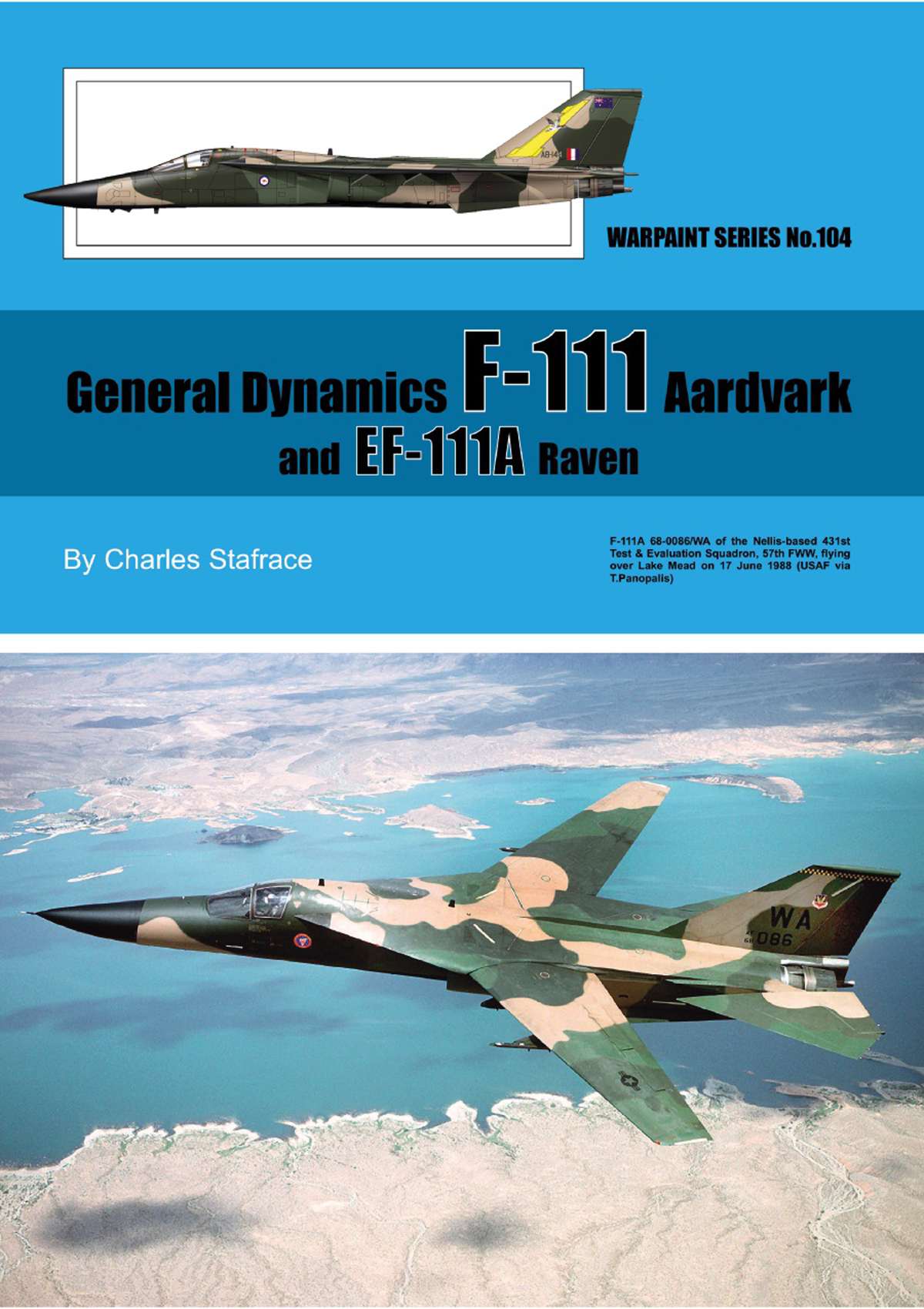Vickers Wellesley
By Ian White
Created on the drawing boards of the Vickers (Aviation) Company by Barnes Wallis using the geodetic form of construction he devised for Britain's R.100 airship, the Wellesley was designed to fulfil an Air Ministry specification for a reliable, general purpose bomber and torpedo-bomber, that was required to carry a heavy load over long distances. Originally conceived as a biplane, but converted to an all-metal geodetic monoplane by Barnes Wallis, and powered by the highly reliable Pegasus radial engine, the Wellesley was built in reasonable quantities to begin the re-equipment the embryo Bomber Command in 1937.
Following testing at Martlesham Heath, the first production Wellesleys were delivered to the RAF early in 1937 and within one year formed the equipment of six UK squadrons. The Wellesley's flying qualities were such that it was chosen to equip the RAF's Long Range Development Unit, under whose guise it undertook a record breaking flight from Cranwell to the Persian Gulf and back to Ismailia in July 1938 and a second from Ismailia to Darwin, Australia, the following November, when the aircraft covered a distance of 7,157 miles without refuelling. By the outbreak of war the Wellesley was rendered obsolete in the European theatre, but was supplied in large numbers to re-equip the RAF's squadrons in the Middle East and East Africa.






